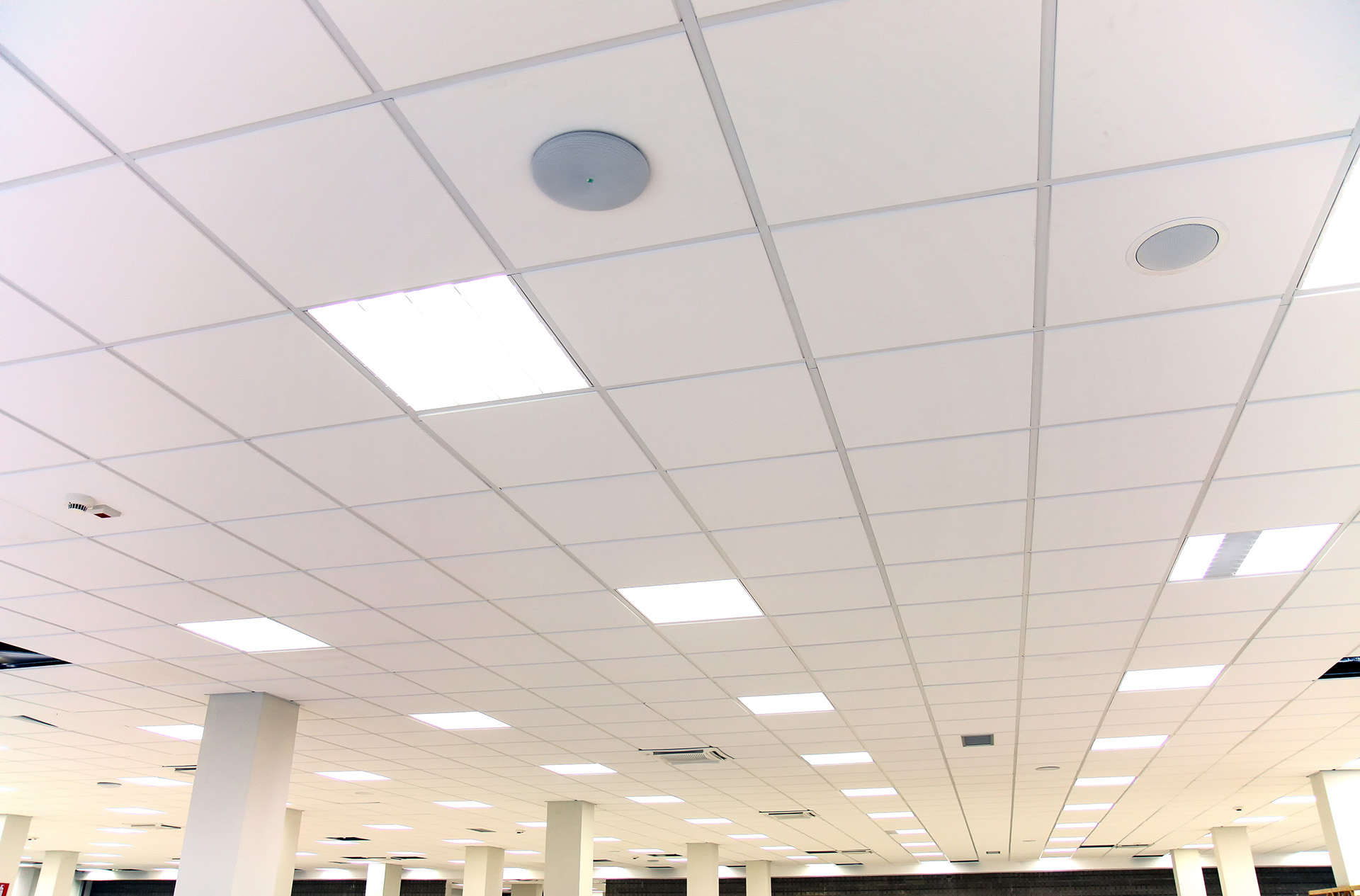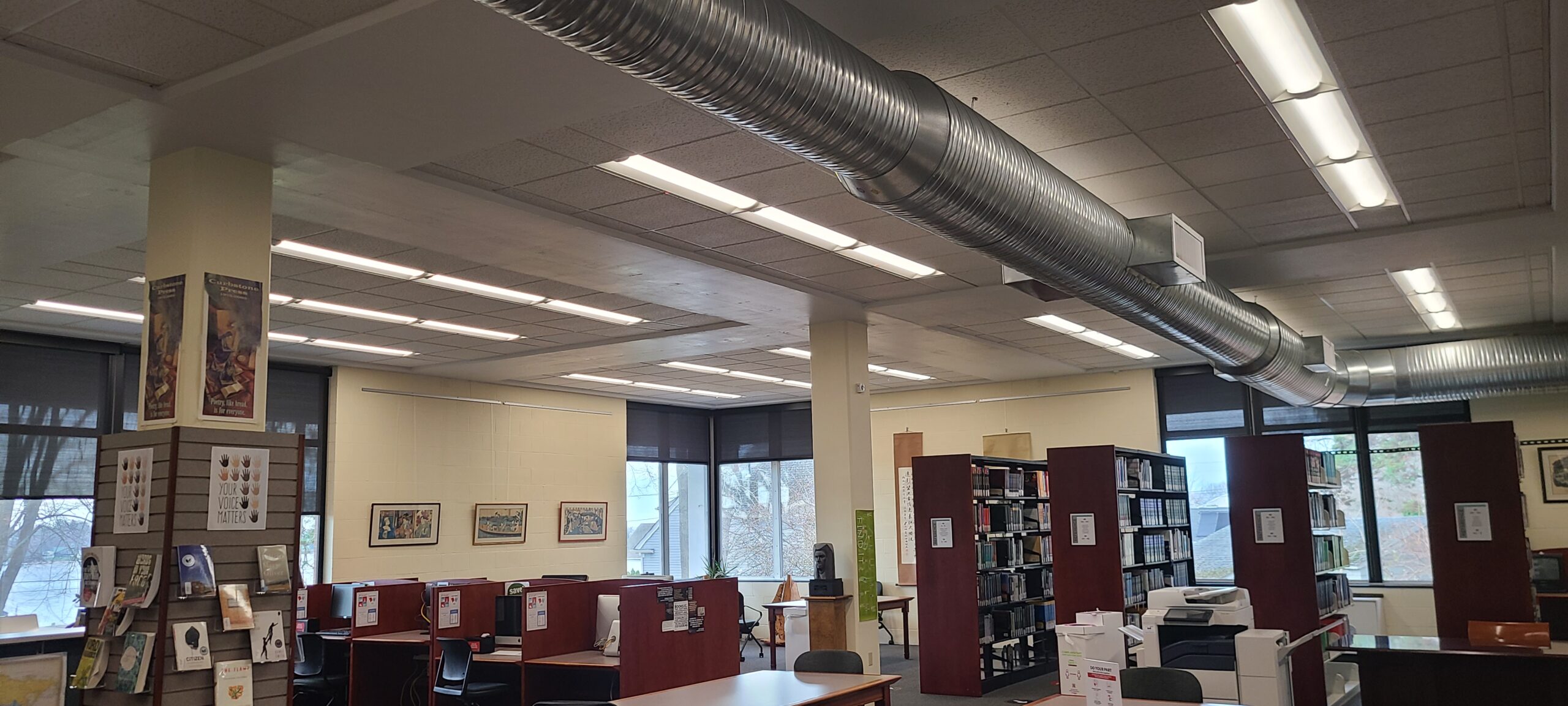LED Lighting | December 15, 2017
New York Local Law 88: The Right Time to Upgrade Your Lighting is Now
Seeing room for improvement in a variety of areas, New York City passed Local Law 88 as part of its Greener, Greater Buildings Plan (GGBP): a series of sustainability goals for the city that covers:
- Benchmarking building water and energy consumption (Local Law 84)
- Requiring buildings to meet the most current energy code for any renovation or alteration project (Local Law 85)
- Mandating buildings over 50,000 gross square feet to undergo periodic energy audits and retro-commissioning measures so that building owners are informed of their energy consumption; helping to ensure that equipment is installed correctly and performing appropriately (Local Law 87)
- Lighting in non-residential space in buildings over 50,000 gross square feet must be upgraded to meet code and large commercial tenants provided with sub-meters by 2025 (Local Law 88)
All of these are important initiatives within the GGBP, and Mantis Innovation's Efficiency Solutions division sees Local Law 88 as an important opportunity for New York City and its property owners to reduce their financial and electrical costs, ultimately resulting in a healthier bottom line and positive environmental impact.
As cited by the Mayor’s Office of Sustainability, 18% of energy use in the city’s buildings comes from lighting non-residential facilities. Additionally, about 18% of its carbon emissions come from these same buildings. Clearly, this is a worthy area for improvement and while 2025 might seem far away, there are plenty of reasons to begin the lighting upgrade in your building(s) now:
- With about seven years until the deadline, you have the ability to schedule the lighting retrofits over a period of time. If generating capital to upgrade all of your non-residential space at once is unrealistic, beginning the process now allows the project to be broken into different phases over the course of months or even years.
- Your building(s) cannot be grandfathered in as an exception to Local Law 88. Simply put, there’s no escaping the fact that these lighting upgrades must be completed by January 1, 2025.
- New York City’s Energy Conservation Code isn’t set in stone. The Code has been updated in the past and will be updated again in the future to realign with new sustainability goals as well as City and State laws. Given the steadily increasing push for energy efficiency across the country, there is reason to believe that the NYC Energy Conservation Code will become more demanding in the future. Delaying your lighting upgrades could result in a more costly upgrade as 2025 approaches.
- As the Mayor of NYC’s Office of Sustainability has laid out, there are a variety of incentives for energy efficiency upgrades to help defray costs and promote a rapid ROI. However, while these options can be found through the local utility companies as well as programs on the Federal, State and City level, funding is never guaranteed year to year. It’s always advantageous to utilize incentive programs when you know that the money is there.
- The installation of sub-meters for building tenants will give them the information they need to make informed changes with their energy use. As opposed to paying a simple flat rate for their power, tenants will be paying for the actual electricity used, which may be much higher than they ever realized. In order to lower costs, the tenants likely will be advocating for the installation of more efficient lighting and controls so that they’re not wasting power when the space isn’t in use.
- As part of Local Law 88, both common and tenant space must undergo the lighting upgrades. While making accommodations to perform the work in common spaces is a fairly-straight forward task, the opposite is usually true for an occupied workspace. Minimizing the impact on the staff takes additional time, planning, scheduling, and prioritization by the Energy Services Company prior to and during the project. It’s not something that you should wait until the last minute to do, if at all possible.
Because Local Law 88 targets such large buildings, the work involved to upgrade lighting and metering can feel immense. However, the initiative provides equally large rewards in the reduction of energy consumption and power costs for property owners. The year 2025 might seem far away, but the time is now to begin the process to upgrade your buildings and become compliant with Local Law 88.
Related Posts
Discover more content and insights from Mantis Innovation

Your Guide to LED Lighting for Business and Commercial Buildings
Never to be underestimated, LED lighting and well-designed lighting retrofits and upgrades offer businesses big improvements like reduced energy costs, reduced emissions, and improved working

Leveraging Commercial Lighting Rebate Programs for Project Cost Savings
In the world of commercial real estate, energy efficiency is no longer a luxury, but a necessity. With the increasing emphasis on sustainability and cost-effectiveness, building owners and operators

Maximizing Energy Efficiency: A Blueprint for Reducing Energy Usage
For organizations, optimizing energy usage brings an array of benefits, from reducing operational costs to having a positive impact along your sustainability journey. Mantis Innovation understands

Sustainability’s In Session at Mitchell College
Located in New London, CT, Mitchell College is a private liberal arts school with a tight-knit community of just over 800 students, faculty and staff. In 2019, the college planned to optimize